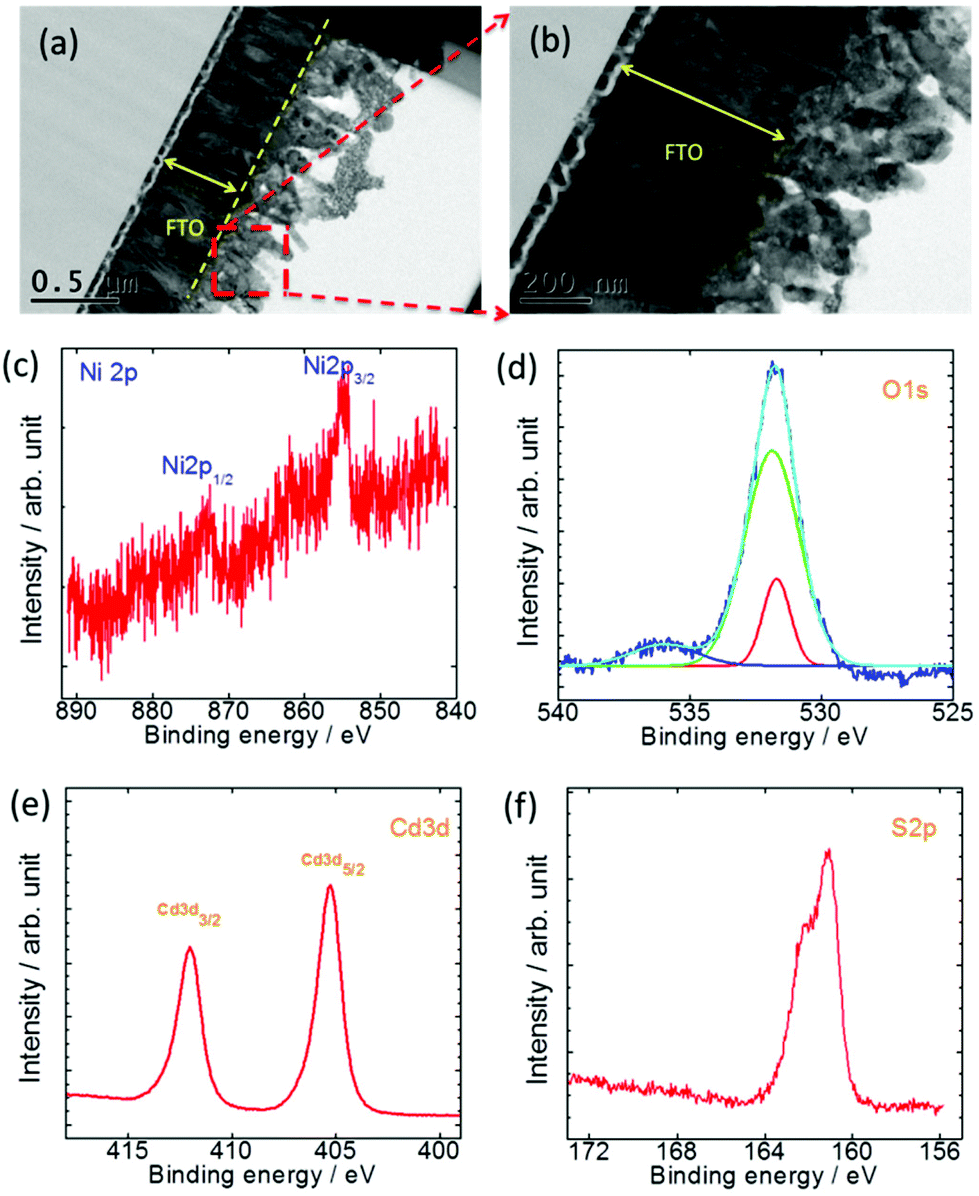Uchebnik anglijskogo yazika 10 klass starkov ostrovskij perevod. PROIZVEDENIJa KRUPNOJ FORMY: SONATINA.

The subject of modern electrochemistry is a truly multi-disciplinary science which incorporates aspects of chemistry, physics and biology in descriptions of fundamental processes whilst impacting on health, environment, energy and process technologies in its varied applications. The fundamentals of charge transfer and charge storage have implications in diagnostics for early detection of disease, in energy harvesting and transformation and in the production of important materials.
This book by three eminent electrochemists aims to provide a comprehensive yet concise coverage of modern electrochemistry. It achieves this aim very well in presenting the basics of the subject in easy-to-read chapters that contain useful references to further sources of information. This second edition is presented in ten chapters, dealing with Foundations, Definitions and Concepts (9 pages), Electrical Conductivity and Interionic Interactions (ca. Deadwood season 3 ebay. 60 pages), Electrode Potentials and Double Layer Structure at Phase Boundaries (ca. 80 pages), Electrical Potentials and Electrical Current (ca.
Electrochemistry by carl h. Hamann, andrew hamnett document about. Edition) by carl h. Hamann;wolf vielstich in pdf format, then you have come on to faithful. Ebook download as PDF File (.pdf), Text File. Regina Palkovits and William R. Pioneer History Firsthand Pdf; Electrochemistry Revised By Hamann Carl H. Electrochemistry, Carl H. Hamann, Andrew Hamnett, Wolf Vielstich, Sep 10, 1998, Science, 423 pages. Modern Power Electronics and AC Drives,by Bimal K.

90 pages), Methods for the Study of the Electrode/Electrolyte Interface (ca. 80 pages), Electrocatalysis and Reaction Mechanisms (ca. 40 pages), Solid and Molten-salt Ionic Conductors as Electrolytes (ca. 16 pages), Industrial Electrochemical Processes (ca. 40 pages), Galvanic Cells (ca.
40 pages) and Analytical Applications (ca. The text is certainly comprehensive in its coverage, ranging from ionic mobilities and liquid junction potentials, through redox electrochemistry of proteins and surface spectroscopy of electrocatalytic reactions, to fuel cells, batteries and gas sensors. What is in this book for the reader of Chromatographia? Well, there is plenty of information here on the behaviour of ions in solution, the measurement of conductivities and the basis of electrokinetic separations. There is plenty, too, on methods for the study of reactions at electrode surfaces, including voltametry in its various guises and amperometry, which can be used for detection in liquid chromatography. Although a few typographical errors were spotted, overall, the text is suitable for use in undergraduate or early graduate courses in electrochemistry as well as being suitable for those undertaking a self-guided study who want a comprehensive coverage of electrochemistry in one source. Arrigan Copyright information.